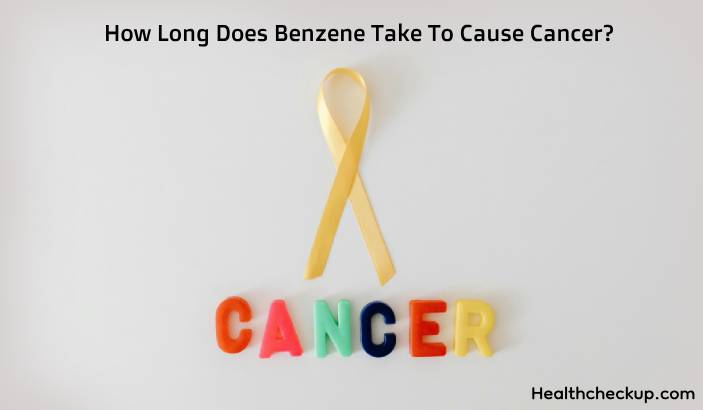Benzene, a ubiquitous chemical compound, is found in various industrial processes and consumer products. It is classified as a known human carcinogen by various health organizations, including the International Agency for Research on Cancer (IARC) and the U.S. Environmental Protection Agency (EPA).
It is primarily associated with the development of leukemia, particularly acute myeloid leukemia (AML). The timeframe for benzene exposure to lead to cancer can vary significantly depending on several factors, including the level and duration of exposure, individual susceptibility, and other environmental or genetic factors.
While acute high-level exposure to benzene can increase the risk of leukemia in a relatively short period, chronic exposure to lower levels over an extended period is also concerning. Studies have shown that prolonged occupational exposure to benzene, often occurring over several years or decades, significantly elevates the risk of developing leukemia and other hematological malignancies.
The Nature of Benzene as a Carcinogen:
Benzene’s carcinogenic properties have been extensively documented through epidemiological studies, animal experiments, and mechanistic research. It is classified as a Group 1 carcinogen by the International Agency for Research on Cancer (IARC), indicating sufficient evidence of its carcinogenicity in humans. Benzene is primarily associated with the development of leukemia, particularly acute myeloid leukemia (AML), but it can also contribute to other hematological malignancies.
Acute vs. Chronic Exposure:
The timeline for benzene-induced cancer can vary depending on the nature and duration of exposure. Acute high-level exposure to benzene, such as accidental spills or occupational incidents, can increase the risk of cancer development in a relatively short period. In contrast, chronic exposure to lower levels of benzene over an extended period, typically in occupational settings or through environmental contamination, poses a significant risk of cancer development over time.
Occupational Hazards and Timeframe:
Occupational settings where benzene is commonly encountered, such as petroleum refining, chemical manufacturing, and rubber production, present a heightened risk of benzene exposure. Workers in these industries experience chronic exposure to benzene vapors, liquids, or aerosols, potentially leading to adverse health effects, including cancer. Studies have shown that prolonged occupational exposure to benzene, often spanning several years or decades, significantly elevates the risk of leukemia and other hematological malignancies.
Chronic Environmental Exposures:
While occupational settings represent a prominent source of benzene exposure, environmental sources also contribute to overall exposure levels. Benzene can be present in air, water, soil, and consumer products, posing risks to the general population. Chronic exposure to environmental benzene, whether through industrial emissions, vehicle exhaust, or contaminated water sources, can contribute to cancer development over time, albeit at lower levels compared to occupational exposures.
Individual Susceptibility:
Individual factors, including genetic predisposition, lifestyle choices, and underlying health conditions, can influence an individual’s susceptibility to benzene-induced cancer. Some individuals exhibit greater sensitivity to benzene exposure, manifesting adverse health effects at lower exposure levels or developing cancer more rapidly than others. Genetic polymorphisms involved in benzene metabolism and detoxification pathways also play a role in modulating cancer risk.
Regulatory Measures and Prevention:
Given the significant health risks associated with benzene exposure, regulatory agencies worldwide have implemented stringent standards and guidelines to limit benzene emissions, protect workers’ health, and safeguard public health.
Occupational safety measures, including engineering controls, personal protective equipment (PPE), and exposure monitoring, are essential for minimizing workplace exposure to benzene. Environmental regulations aimed at reducing benzene emissions from industrial sources and vehicle exhaust further contribute to cancer prevention efforts.
Conclusion:
The answer to the question how long does it take to cause cancer is influenced by various factors, including the level and duration of exposure, individual susceptibility, and environmental influences. While acute high-level exposure can increase the risk of cancer development in a relatively short period, chronic exposure to lower levels over time poses a significant risk of cancer, particularly leukemia and other hematological malignancies.









